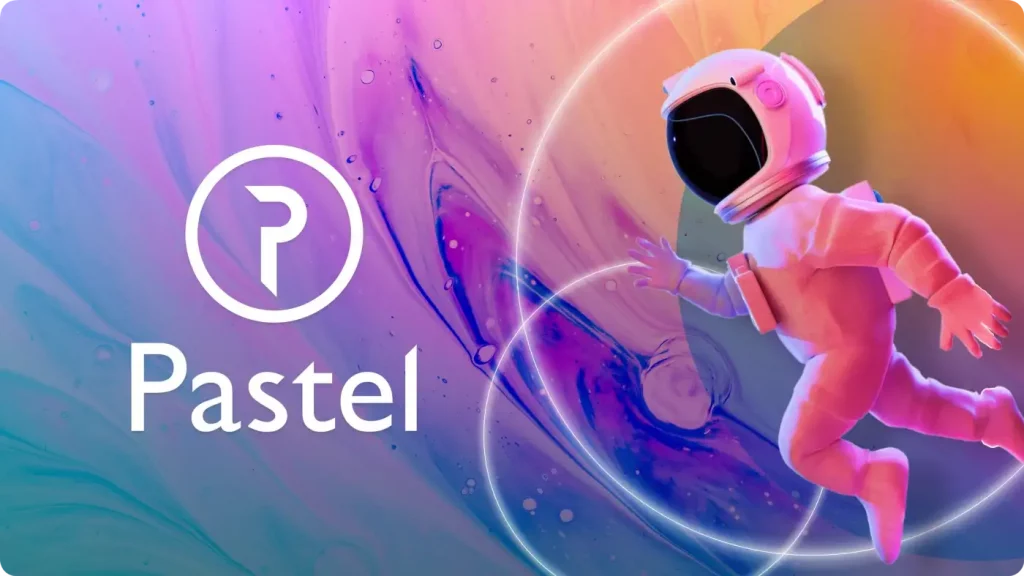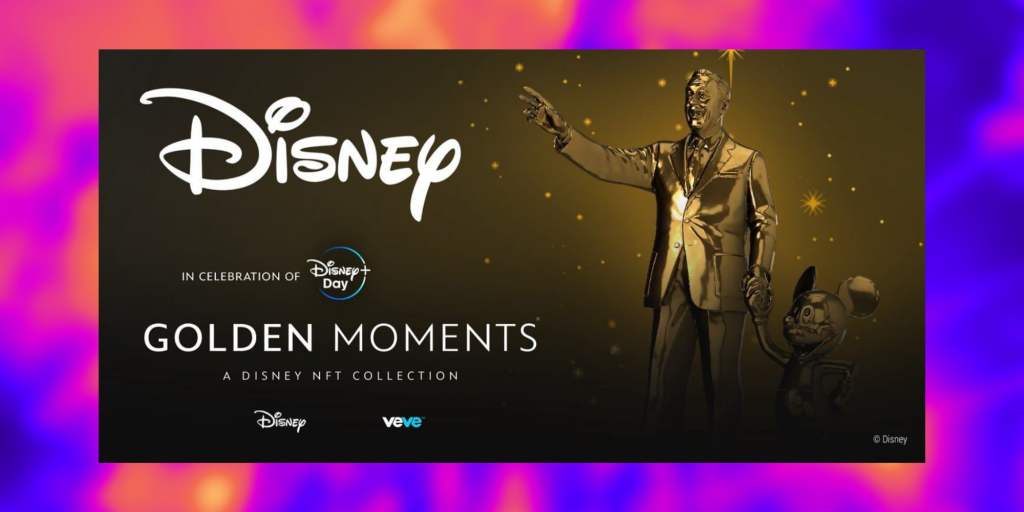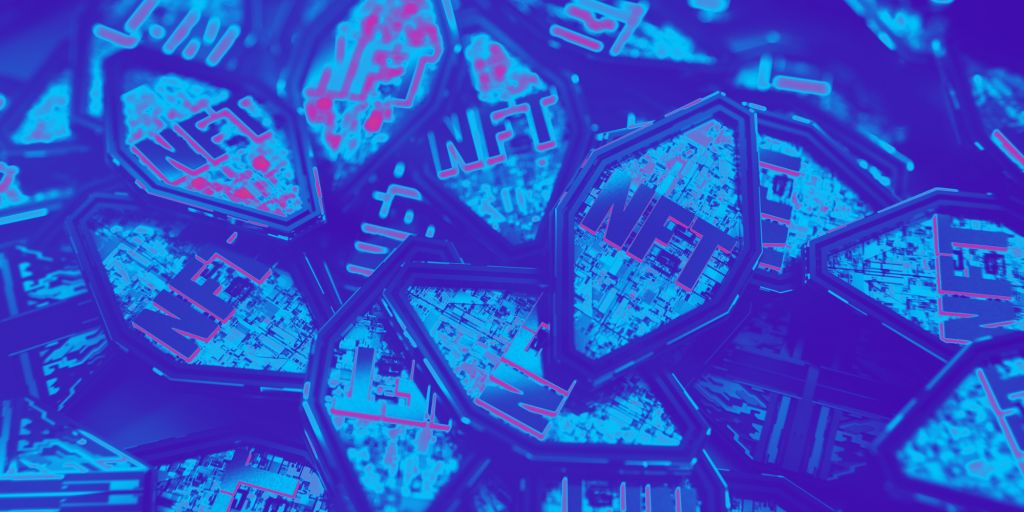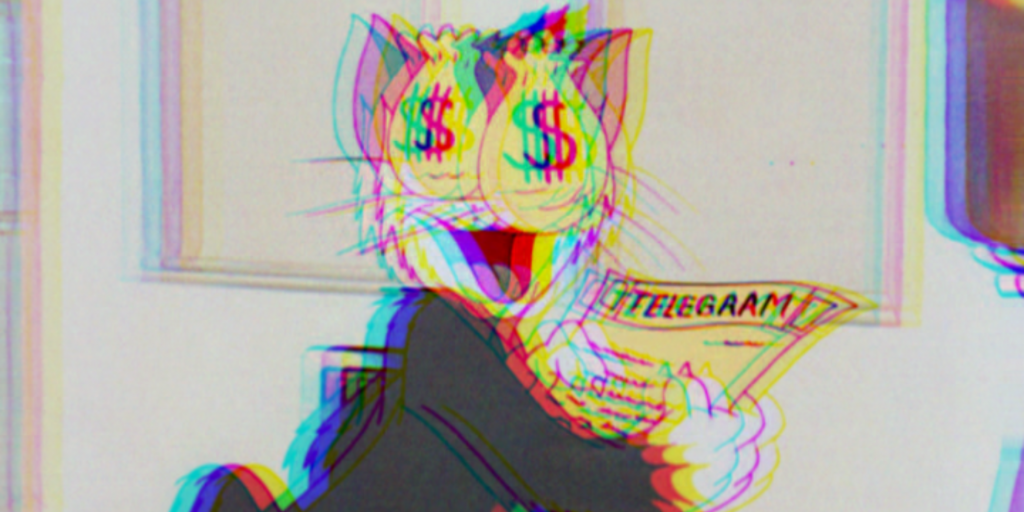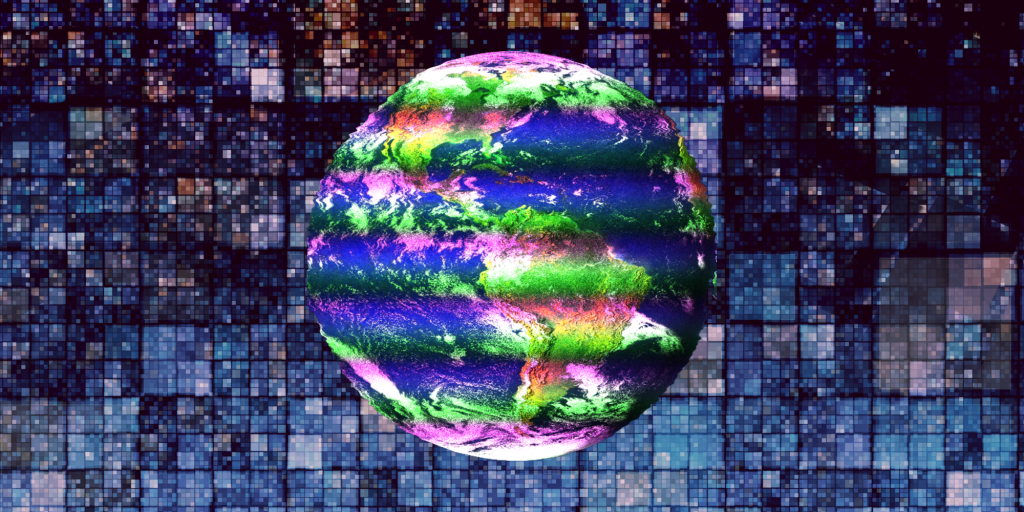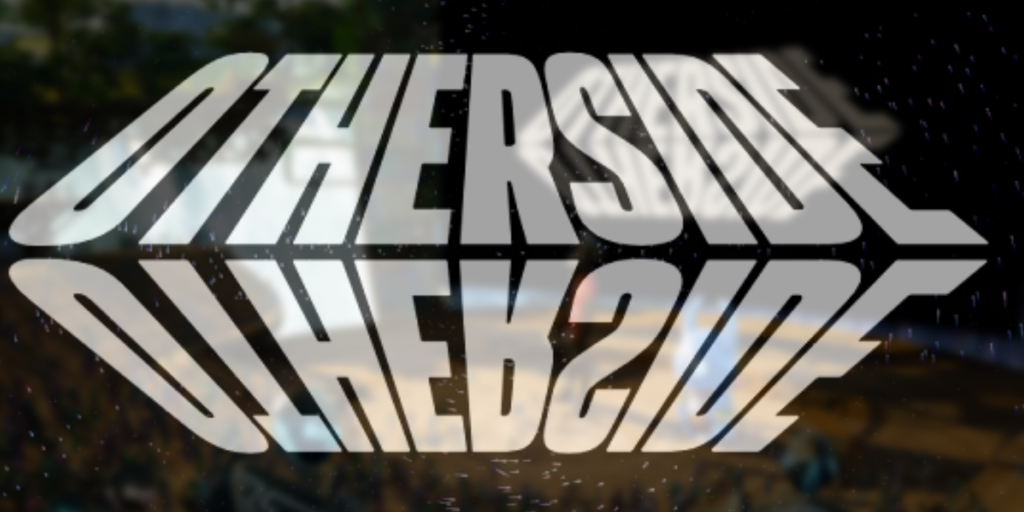Punk and ape avatars are replacing duck faces and beach bodies on social media sites. But what do they stand for?
Such avatars randomly popping up on Twitter and other social channels are PFP NFTs—an abbreviation for profile picture non-fungible tokens. To understand the concept behind the bizarre-looking characters used for social status, delving into the meanings behind PFP NFTs is vital.
Here’s everything you need to know about PFP NFTs and more:
PFP NFTs – What?
PFP NFTs are digital artwork on the blockchain acquired in exchange for cryptocurrency.
Collectors of PFP NFTs can change their social profile pictures from posey images of themselves (or furry friends) to these digital assets.
More social platforms are integrating NFT PFPs into their ecosystems to make the change of profile possible. If you encounter an avatar in a hexagon on someone’s Twitter profile, they’ve switched their selfie to an NFT. Meta’s Instagram also showcases PFP NFT collections, alongside other notable and recognizable names dabbling in the space.Â

The likelihood of those skeptical of crypto hacks sneering at the profile change is high. Still, there is much more to this digital art than what meets the eye.
The Perks of PFP NFTs
PFP NFTs can boost and strengthen social status while acting as supportive environments for all beings. Check out the World of Women, for example. The PFP NFT project funds 15% of sales proceeds to support female artists’ projects and gives an additional 7.5% to relevant charities. Consequently, collectors can express themselves and what they stand for by displaying their most favoured NFT on their chosen social channels—replacing vain selfies most likely found cringe-worthy years later.
Some of the most high-flying PFP NFTs cost six figures alone:
- CryptoPunk #7523 ($11.7 million)
- Doge #1355 ($4 million)
- Meebit #10761 ($2.78 million)
- SMB #1355 ($2.1 million)
- Cool Cat #1490 ($1.41 million)
Thus, it is no surprise that collectors may want to show off their quirky (and ridiculously expensive) purchases.
The Rise of PFP NFTs: When did PFP Become the “In†Thing?
The widespread use of PFP NFTs followed CryptoPunks releasing the first collection of PFP NFTs on the Ethereum blockchain in 2017.
And boy, are they glad they did.
Lava Labs – the curators of CryptoPunks – initially minted their collection of pixelated punks for free, but the prices of the digital assets soon rose alongside the demand for NFTs. The most expensive CryptoPunk, Punk #7523, sold for $11.7 million alone, alongside someone purchasing a bundle of nine for $17 million a few months later. Considering the collection includes 10,000 NFTs, the team behind Lava Labs are laughing. Even so, it took a hot second for other NFT projects to latch onto the initiative. CryptoPunks remained the only PFP project available on secondary marketplaces six months after the leading launch (a long time for a market continuously evolving).
Other PFP projects began to crop up half a year later, including the ever-so-famous Bored Ape Yacht Club and World of Women.
To further put the power of PFP NFTs into perspective, the Bored Ape Yacht Club’s collection stands at more than $1 billion. CryptoPunks also has an outstanding market cap of $300 million, alongside the World of Women, with a total sales volume of $55 million.
The Pros and Cons of NFT Profile Pictures
Unfortunately, industry concerns and issues follow most successful projects. So, let’s dig into the good, the bad, and the ugly of PFP NFTs.
The benefits of these types of NFTs boil down to numerous advantages. The digital assets showcase valuable content viewable on social sites while creating a bonding community with similar owners. Like a digital classic car club, the movement becomes more significant than the art itself. Look at Bored Ape Yacht, for instance. BAYC holders are one of the most active crypto-oriented communities on Twitter and in real life. Weed, apparel, trading cards, P2E games, and tickets to live events all have a part to play in the project’s popularity—influencing similar crypto projects to think outside the box.
Other notable pros of PFP NFTs include:
- Ownership of state-of-the-art digital assets
- A record of authenticity and ownership verifiable on-chain (smart contracts)
- Being a part of a decentralized market with high growth and wealth potential
- Weeding out the middlemen—supporting creatives by allowing them to solely sell to collectors while keeping all profits and royalties made
- Access to community platforms, like Discord, and voting power on upcoming project plans (depending on the project)
Unfortunately, like most good things, there is usually a catch. As NFTs became the in-thing, hackers latched on to the movement—doing anything and everything to get their hands on the digital goods. When considering likely occurrences of real-life hacks, you will soon realise crypto is no different. For example, if you attach your image to a piece of artwork that costs $500k, you will undoubtedly become an instant target for savvy hackers who will do whatever they can to get at it. Hence, many people on-chain are anon.
Scams aren’t the only reason people turn their noses up at NFTs. Other causes are:
- Uncertainty in value regarding the current bear market
- Use of significant amounts of energy
- Steep gas fees depending on the demand of the project
- Ownership does not mean complete control—although buyers own the NFT, they do not control its duplication or distribution across platforms (unless purchasing the crypto domain)
But are these downfalls enough to clear out PFP NFTs for good?
Final Thoughts: Are PFP NFTs Still Hot?
Although the crypto market is going through a tough time and bearly standing (har, har), the PFP NFT market is far from dead.
Positive steps towards the future of the blockchain are in the works. Many crypto firms are doing their utmost to make buying and trading on-chain more scalable, secure, and sustainable. The underlying blockchain network, Ethereum, is no different.
Developers behind Ethereum are working toward eliminating its current consensus mechanism from Proof-of-Work (POW) to Proof-of-Stake (POS). Reasons include the network using less energy and decreasing the risks of centralization and attacks for happier, decentralized purchases. Let’s hope technical issues stop interrupting the update shortly so we can enjoy the perks.
It’s important to note that getting in early on a successful project is usually adequate for those wanting to use PFP NFTs to trade for financial gain and reap benefits down the line. Although, if launch dates slip your mind, fear not. Plenty of profile picture-worthy NFTs are circling the space—most of which vary in price and supply appealing benefits.
Whether music, sports, fashion, gaming, or real estate is your thing, there is a project with your name on it. Your favourite celebrity may even own the collection you desire.
Some of the hottest, most recent PFP NFT drops include Otherdeed for Otherside, Moonrunners, MrFoxReligion, Dooplicator, Doodles, and goblintown.wtf—check them out on OpenSea.Â
